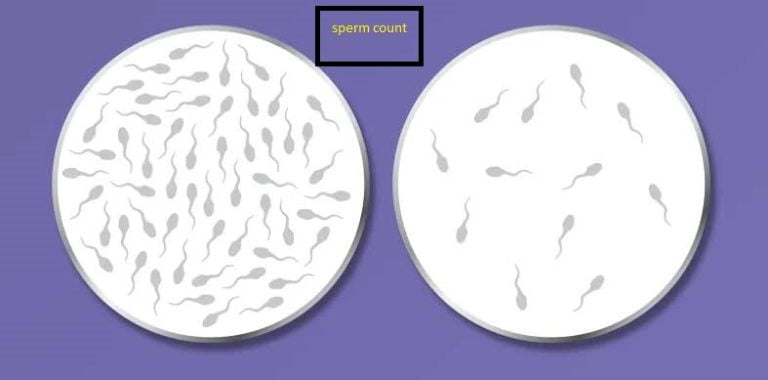CHEMICAL EXAMINATIONOF URINE
chemical examination of urin
Includes the Identification of :-
1.protein
2.Glucose
3.Ketone bodies
4.occult blood
5.Bile pigment
6.Bile salts
7.urobilinogen
1.Determination of protein IN URINE
Method:-
1.Sulfosalicylic acid test
1.Heat test
1).Sulfosalicylic acid –
principles :- If proteins are present in urine, these are present in soluble form. when sulfosalicylic acid reagent is added, then protein appear as white precipitate due to denaturing by the acidic reagent. presence of turbidity at the top of the reaction mixture indicates present of protein in urine.
– Requirement: –
- Testtube
- pasteur pipette
- 3g/all salfosalicylic acid
- Glacial acetic acid
- Bunsen burner
-procedure: –
- Transfers 3 to 4 ml of urine in test tube and centrifuge.
- After centrifuge add 2 to 3 drops of sulfosalicylic acid on the top of the specimen .
- Wait 5 minute and observe the turbidity. Observation – NO formation of furbidity at the upper portion of urine then protein absent .
Formation of of turbidity then protein present.
-If proteins are present grade the result according to degree of turbidity as trace = + ,+ + ,+++, ++++
2.Heat Method:-
principle:– After the heating of urine disrupted spacific structure then add glacial acetic acid and then form turbidity due presence of proten turbidity is not formed the protein is absent.
Requirement:-
- Testtube
- Test tube holder
- Test tube Rack
- Spirit Lamb
- acitic acid
Preparation of glacial acitic acid
- Glacial acetic acid -10ml
- Distilled water – 90 ml
- Then mixed we’ll .
procedure:-
1.Take 5 to 10 ml of clear urine in a test tube. 2.Boil the upper portion over a flame .
3.If the turbidity develops, after adding 1 To 2 drops of glacial acetic acid.
4. If the turbidity is due to phosphate precipitation, it will clear .
5. Reboil the specimen.
Observation after Reboiling the specimen.
No-turbidity -proteins absent
presense of turbidity – protein present
Slightly dark – +
Flocculation – ++
Granules – +++
Solid form – ++++



